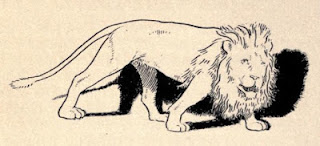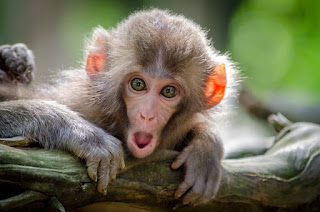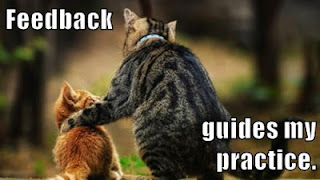Week 13 Story: Separation is Weakness

Hi, my name is Rob, and I hunt quails. I come from a small village where I was very poor. Day in, day out, I survive the day and make the living by trapping and these quails so I can either eat them or sell them for a little bit of money. I have a special talent of catching these quails, as you can see. I've spent a long part of my life training and perfecting the quail calls that would attract these birds. So, as the quails come, I would hide in the bush; and when there were enough of them close together in one place, I would throw my net out and catch them all. One day, however, the strangest thing happened. As I threw the net out and waited for the other birds to fly away, the whole net rose up and flew off to the distance! It was the most bizarre thing I have ever seen! Unfortunately, I came home that night without the quails to eat, and also having lost my net. I went the next day to try again, and again, the net alongside the birds flew off! I figured that it wasn't b
























